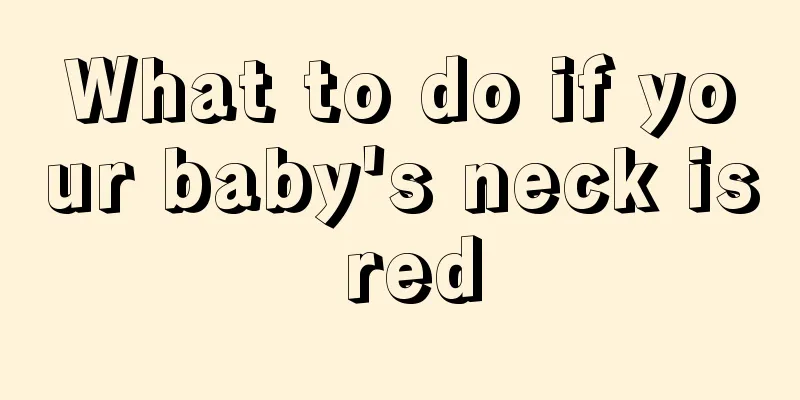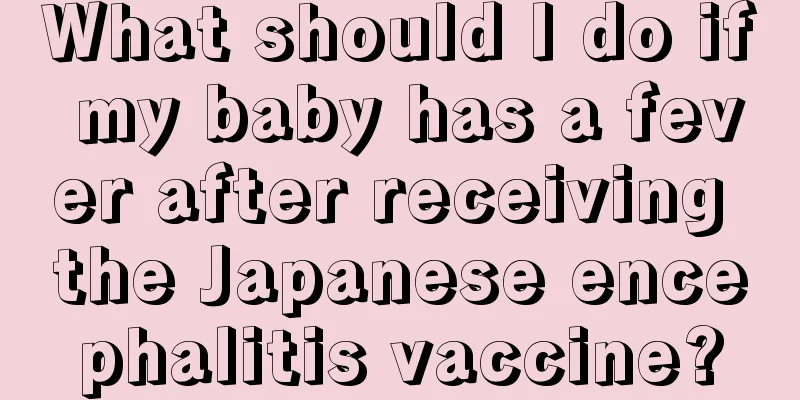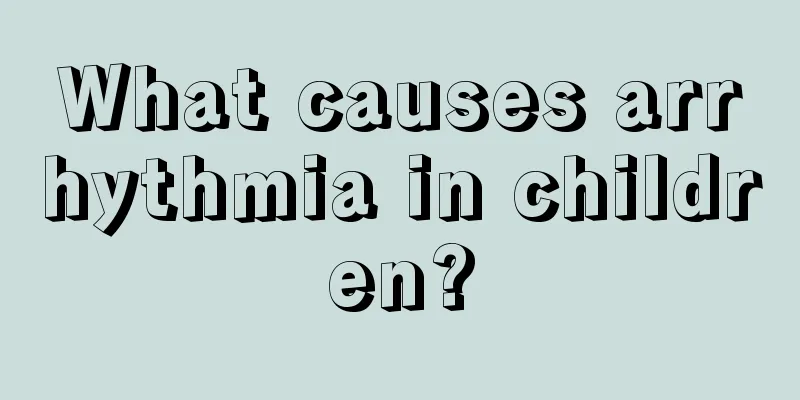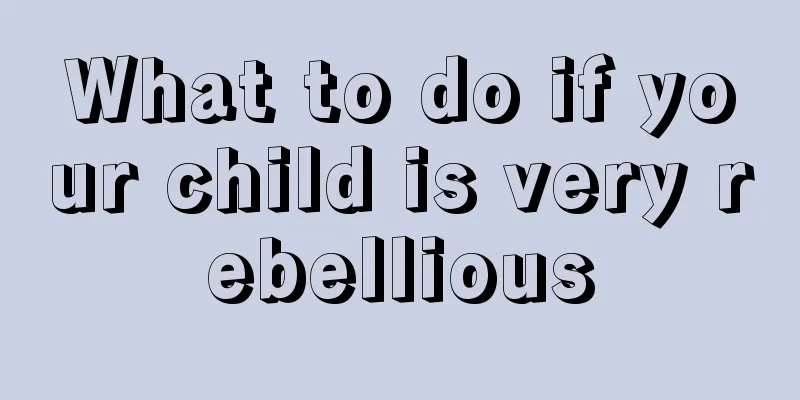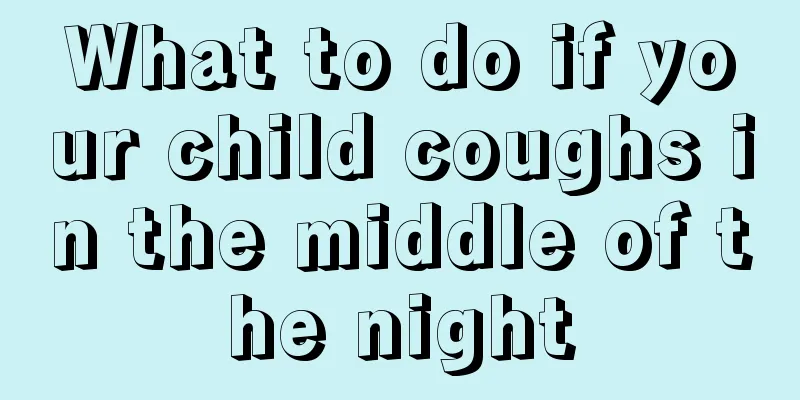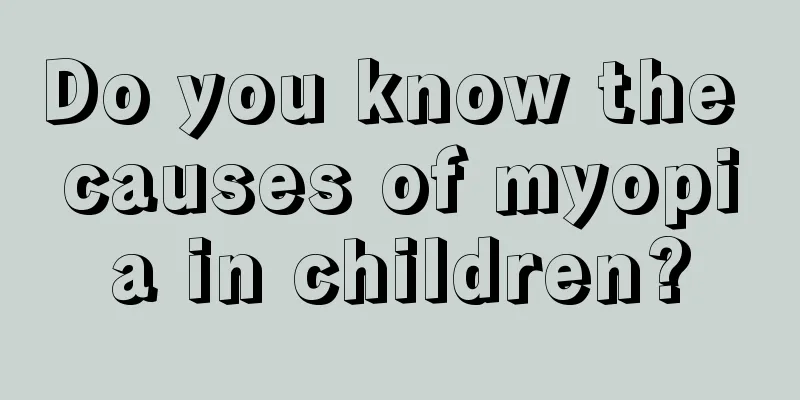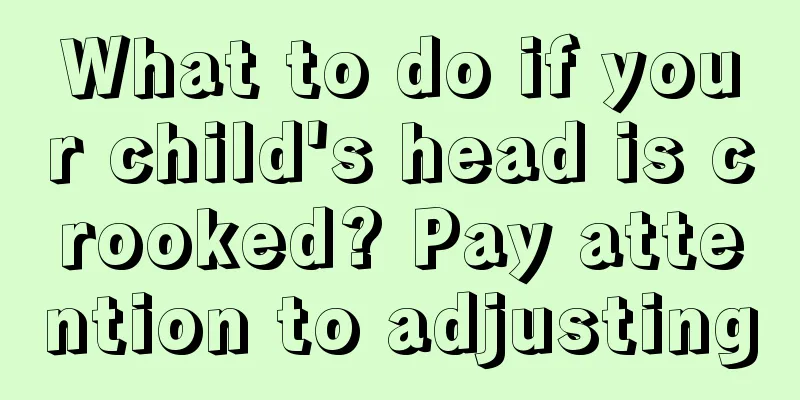The baby has a fever and rolls his eyes and twitches. What's going on?
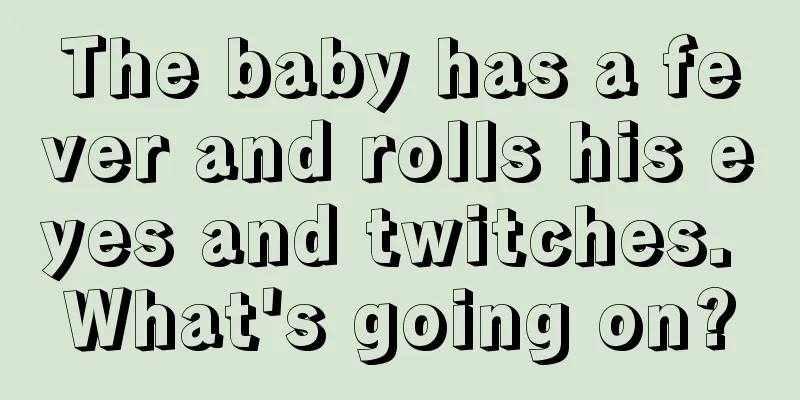
|
What parents worry about most is the problem of their children getting sick, because the whole family will be very anxious when the child is sick. Many times, children will get a fever and a cold when they are not paying attention. Sometimes the fever is serious and will cause other diseases. Sometimes convulsions will occur, which makes parents very worried, especially young parents who have no experience. So what is going on when the baby has a fever, rolls his eyes and has convulsions? Let’s learn more about it! Common diseases that cause fever convulsions include high fever convulsions, epidemic meningitis, various purulent meningitis, tuberculous meningitis, Japanese encephalitis, other viral meningitis, toxic encephalopathy, neonatal tetanus, brain abscess, etc. Children between six months and four years old are most likely to have convulsions due to high fever. Some children suddenly develop a high fever when they are babbling or playing, and then have a convulsion a few hours later. Convulsions are often characterized by systemic rigidity, stiffness, and spasms, which occur once or twice a day and will not recur after that, even if the body temperature does not drop. It is extremely rare for an attack to occur more than three times a day. There are often similar patients in the families of such sick children, and about half of them will also suffer from convulsions when they have a high fever in the future. If you find your child having convulsions due to a high fever, if there are antipyretics at home, you should immediately give them according to the child's usual dosage. If you are taking aspirin, it is best to use it in combination with an appropriate amount of sedatives such as phenobarbital, which will be more effective in reducing fever and stopping convulsions. For children with high fever, in addition to taking antipyretics in time, you should immediately apply a cold towel to their head and give them a bath with white wine, 30-50% alcohol or warm water. Rub until the child's skin turns red, which will help the body temperature dissipate through the expanded capillaries on the surface of the body. You can also use ice packs (or fill a glass bottle with cold water) and place them under the child's armpits, thighs, and other areas with large blood vessels to help lower the body temperature. When a seizure occurs, in addition to the damage to the brain cells inside the body due to lack of oxygen, it can also cause some external injuries and other complications, so appropriate measures must be taken to prevent these injuries. Now we understand the reasons why babies have fever, roll their eyes and twitch, so we can deal with these problems well and don’t have to worry too much. If we can’t handle them well, we must go to the hospital for examination so as not to delay the child’s treatment. If the child’s treatment is delayed, the consequences will be disastrous, so we must learn more about the disease. |
<<: What to do if your baby has a fever and repeated diarrhea
>>: How high is the fever when the baby has convulsions?
Recommend
Symptoms of myocardial damage in babies
Myocardial damage in children is a relatively com...
Why do children have slurred speech?
It is common for children to have unclear speech,...
Can adolescent children grow taller?
Our country's economy continues to develop an...
Understanding peeling of the palms of newborn babies
What parents fear most is that the baby may have ...
Children's skin itchy wheals
We all know that children's physical fitness ...
Spontaneous cure rate of hepatitis C in newborns
Some children will develop hepatitis C after birt...
Why does my child's throat always make a gurgling sound?
If a child always has a hmming sound in his throa...
How to deal with baby's fever and stomach pain
Baby fever is a relatively common condition, and ...
How to deal with heat rash in children?
With the arrival of spring and summer, many child...
What are the symptoms of cerebral palsy in three-month-old babies?
The incidence of cerebral palsy is relatively hig...
How to reduce fever in a 9-year-old child
Fever is a common physical illness in children du...
What is the standard height of a two and a half year old boy?
Nowadays, many parents measure their children'...
What are three ways to change a child’s carelessness?
When tutoring children with homework, parents oft...
The age at which children change their teeth
We all know that when children are in school, the...
Can children eat figs?
There are many strange fruits in our lives, such ...
